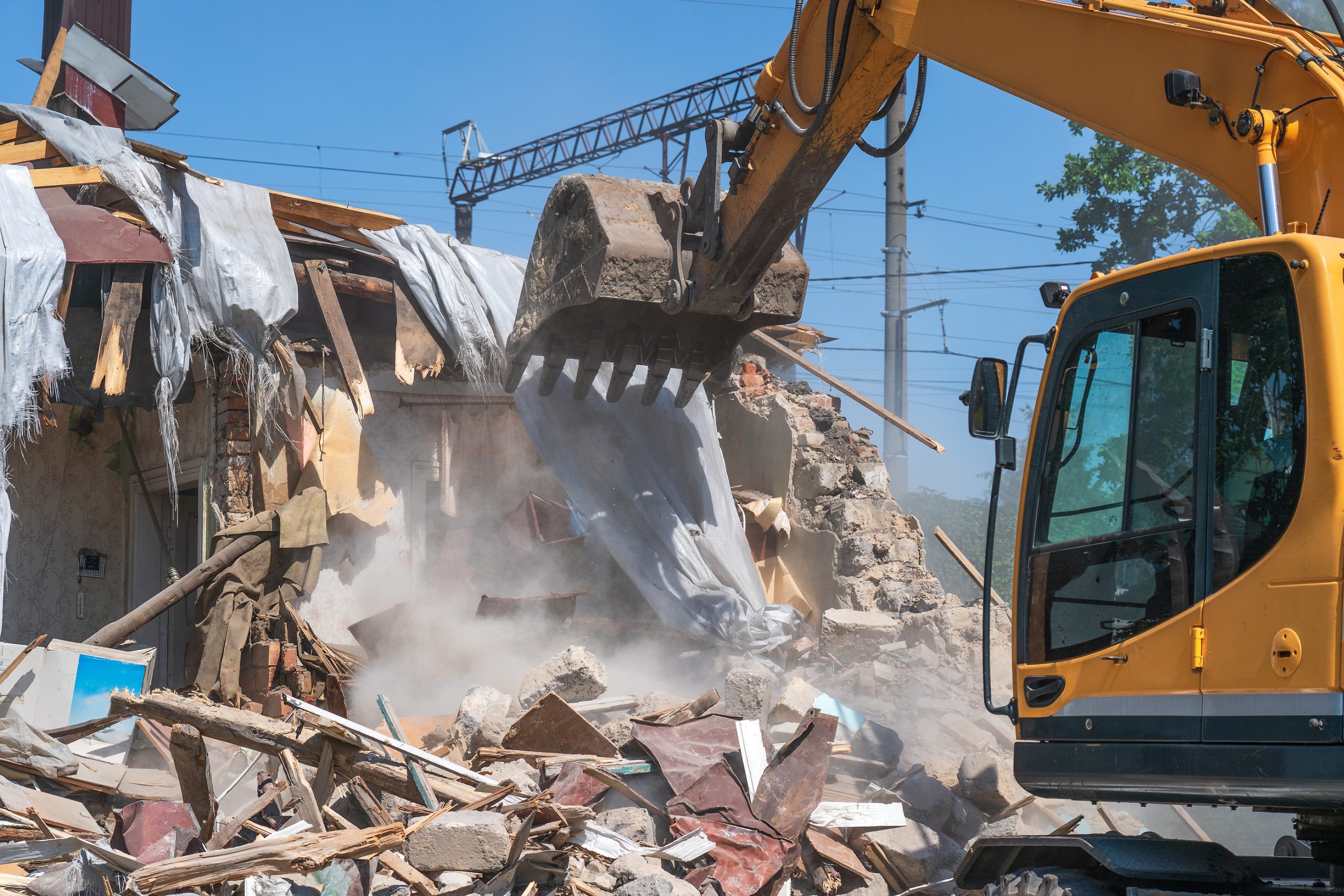
Courtesy – eeaustralia
House demolitions, often perceived as acts of destruction, can be reframed as opportunities for a unique form of artistry—deconstruction. The art of deconstruction involves the meticulous salvaging of materials from structures slated for demolition, turning what might be discarded into treasures with renewed purpose.
Preserving the Past: Salvaging Architectural Heritage
One of the key aspects of the art of deconstruction is the preservation of architectural heritage. Salvaging materials like antique doors, ornate mouldings, and vintage fixtures allows these elements to live on, offering a tangible connection to the past. This preservation effort extends beyond nostalgia; it honours craftsmanship and architectural styles that may be fading from contemporary landscapes.
Environmental Consciousness: Recycling and Repurposing
Deconstruction aligns with environmental consciousness by minimizing waste and promoting recycling. Salvaged materials can be repurposed for new construction projects, reducing the demand for virgin resources. This sustainable approach contributes to a circular economy, where materials find extended life cycles rather than ending up in landfills. Get in touch with Demolition Contractors near me today.
Community Engagement: Building Connections Through Salvage
The art of deconstruction often involves community engagement. Salvaged materials may be donated or sold to local artisans, builders, or DIY enthusiasts. This not only supports local economies but also fosters a sense of community connection as these materials find new homes and purposes within the neighbourhood.
Architectural Innovation: Designing with Salvaged Materials
Architects and designers are increasingly incorporating salvaged materials into innovative projects. From reclaimed wood flooring to repurposed windows, these materials add character and authenticity to new constructions. The result is a fusion of old and new, where the art of deconstruction contributes to the evolution of architectural design.
In conclusion, the art of deconstruction transforms house demolitions from mere acts of removal into opportunities for creativity, preservation, and sustainability. By salvaging materials, we not only honour the architectural legacy of the past but also contribute to a more environmentally conscious and community-engaged approach to urban development. The remnants of deconstructed homes become not just artifacts but integral components of a dynamic and evolving architectural landscape.